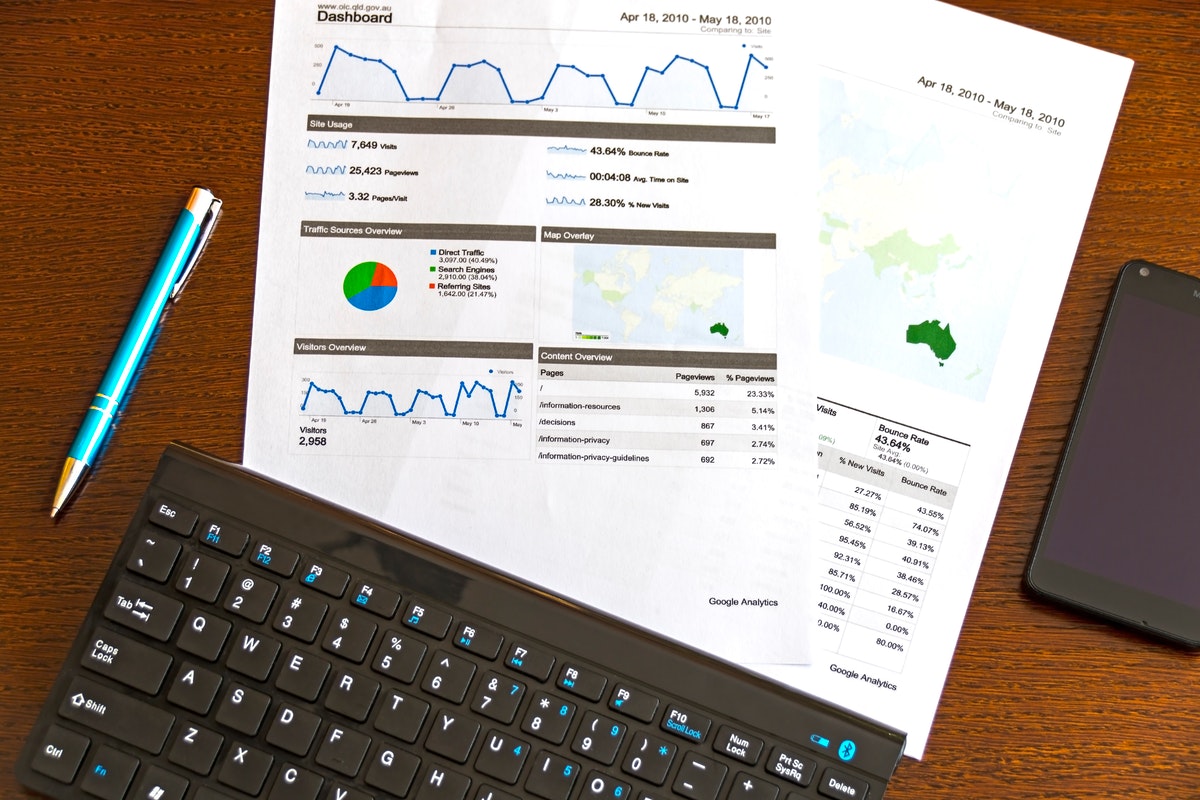In today’s digitalized world, the most successful businesses rely on a regular data supply to make the best decisions, protect their reputation, find new buyers and provide the best consumer experience.
This, in turn, leads to more profit for these enterprises, with many of them dominating their markets and selling beyond their physical stores.

The process known as data extraction, which involves a large scale data collection, is often required to collect the amount of data that these businesses need to succeed.
But data extraction, also known as web scraping, works in a very specific and clear-cut way. Those unfamiliar with it may find it quite challenging and almost impossible to perform regularly.
We have put together this brief article to explain what data scraping means and the step-by-step processes involved in this important business operation.
What Is Web Scraping?
Web scraping is best described as using high-end tools and machines to harvest large quantities of data from different parts of the internet.
It includes the different processes and methods used to collect data from more than one source at once and automatically too.
It often starts by crawling the different sources to determine their quality and finishes once the data has been extracted, converted, parsed and stored in any available storage unit.
The data upon harvest can be used for the following common business operation
1. Preventing Reputational Damage
A brand’s online reputation is never something that can be left to chance. The tiniest and most insignificant things, such as a little negative review, can set the tone for buyer’s boycott and a decline in revenue.
When a buyer leaves a negative review or comment on some forum or discussion platform, and the brand fails to address it immediately, other buyers and potential buyers take that as a sign to avoid such a brand.
This is called reputational damage and can only be avoided when businesses collect important data every day.
2. Understanding Market trends
Market trends are generally seen as current conditions or happenings in the market. Brands that align themselves and their production schedule more closely to the market trends often make the most gains and become more successful.
But to even understand what is currently happening in the market, there is the need to frequently collect a large amount of market data.
Using specialized browser automation tools and applying Puppeteer avoid detection tricks, you’ll make your scraping much easier and effective.
3. Monitoring Competitors
Web scraping is also important for monitoring the competition. And monitoring the competition allows a brand to generate new ideas and detect when some rivals are selling below the minimum advertised prices (MAPs) to gain undue advantage in the market.

4. Generating Leads and New Buyers
Another important web scraping application is generating leads that would eventually turn into paying subscribers.
Leads are often collected from large corporation websites and major e-Commerce platforms and include important details such as names and contact information.
How Does Web Scraping Work?
Web scraping works by receiving the request and gathering exactly what has been asked for. The process requires the use of tools that make it faster and automated.
Once the URLs have been gathered, requests can be sent to all of them at once. The tools such as a web scraper API can then harvest data from all the sources simultaneously.
The step-by-step process is discussed in detail in the next segment.
Steps and Proxies Involved in Large-Scale Data Collection
The following are the steps taken from the start of data collection to the end:
1. Using Proxies or Scraper API
The first step when you want to commence web scraping is to set up the necessary tools. One of which is a private proxy. Private proxies allow you to stay anonymous and protected while automating the process and making it faster.
Using proxies imply that you will be secure during data collection and your information and activities will stay concealed.
It also means that the usual restrictions that prevent many people from performing this important task will be easily removed.
Additionally, using a scraper API will help you to forget about long data collection processes. These tools are easy to use and require little to no effort when gathering large volumes of public information. If you are interested to learn more about scraper APIs, check this from Oxylabs.
2. Setting Up a Digital Fingerprint
The next step is to set up the appropriate digital fingerprint. Here you need to decide what browser you will be using for data collection.
It is often recommended that you use headless browsers as they are easier to handle and manipulate.
Once all that is set, you can send out requests to the target URLs.
3. Locating HTML Elements
Once the requests reach the target servers, you will need to locate and interact with the HTML codes.
Then you will collect the necessary HTML files in the raw, unstructured state, leaving behind what you do not need.
4. Parsing HTML
Once the raw HTML has been collected, you will need to parse it back to your computer for further processing. At this stage, you also need to convert the raw data into something with structure to make it easier to read, understand, and edit.
5. Handling Pagination
Once parsing and converting are complete, the next stage involves handling all the errors that might be contained in the data.
This helps to improve the data quality making it more valid, useful and correct.
6. Extracting Content to CSV/JSON Format
Finally, once all that is done, you will need to turn everything you have at this stage into some easy-to-read format such as JSON or CSV.
And after that, you can store your extracted data in the available storage system either for immediate or later application.
Conclusion
Data collection at a large scale is serious work, but it is very important. Tools such as proxies and a scraper API will help simplify things and make the exercise less tasking.